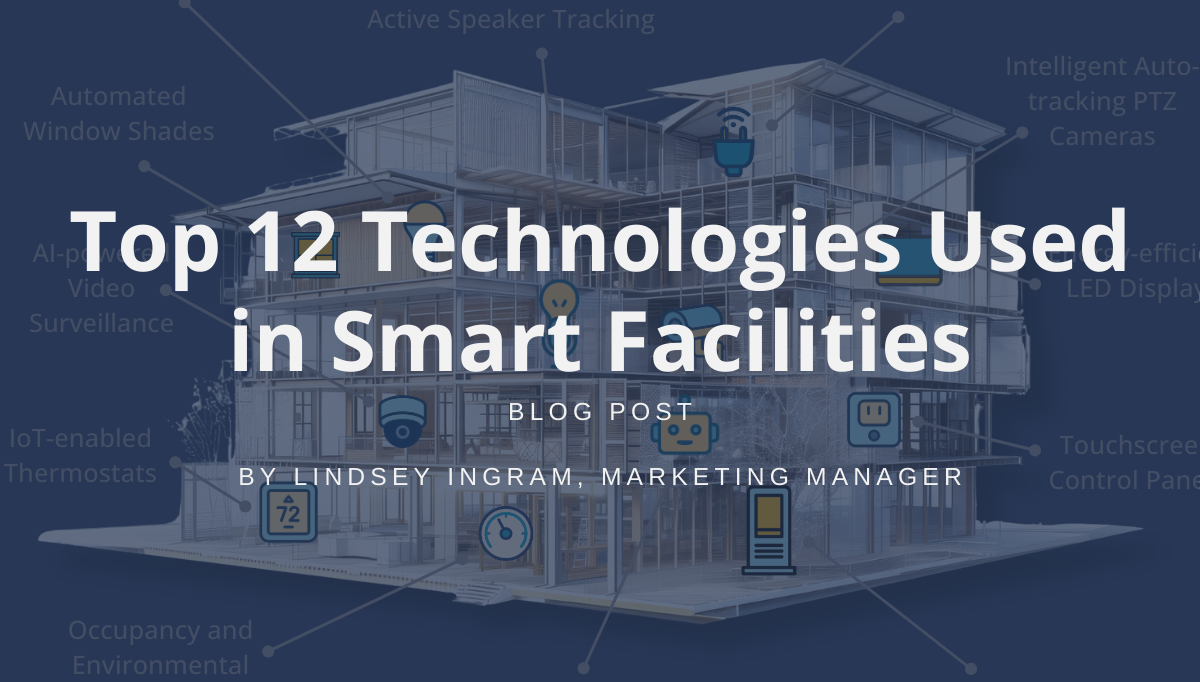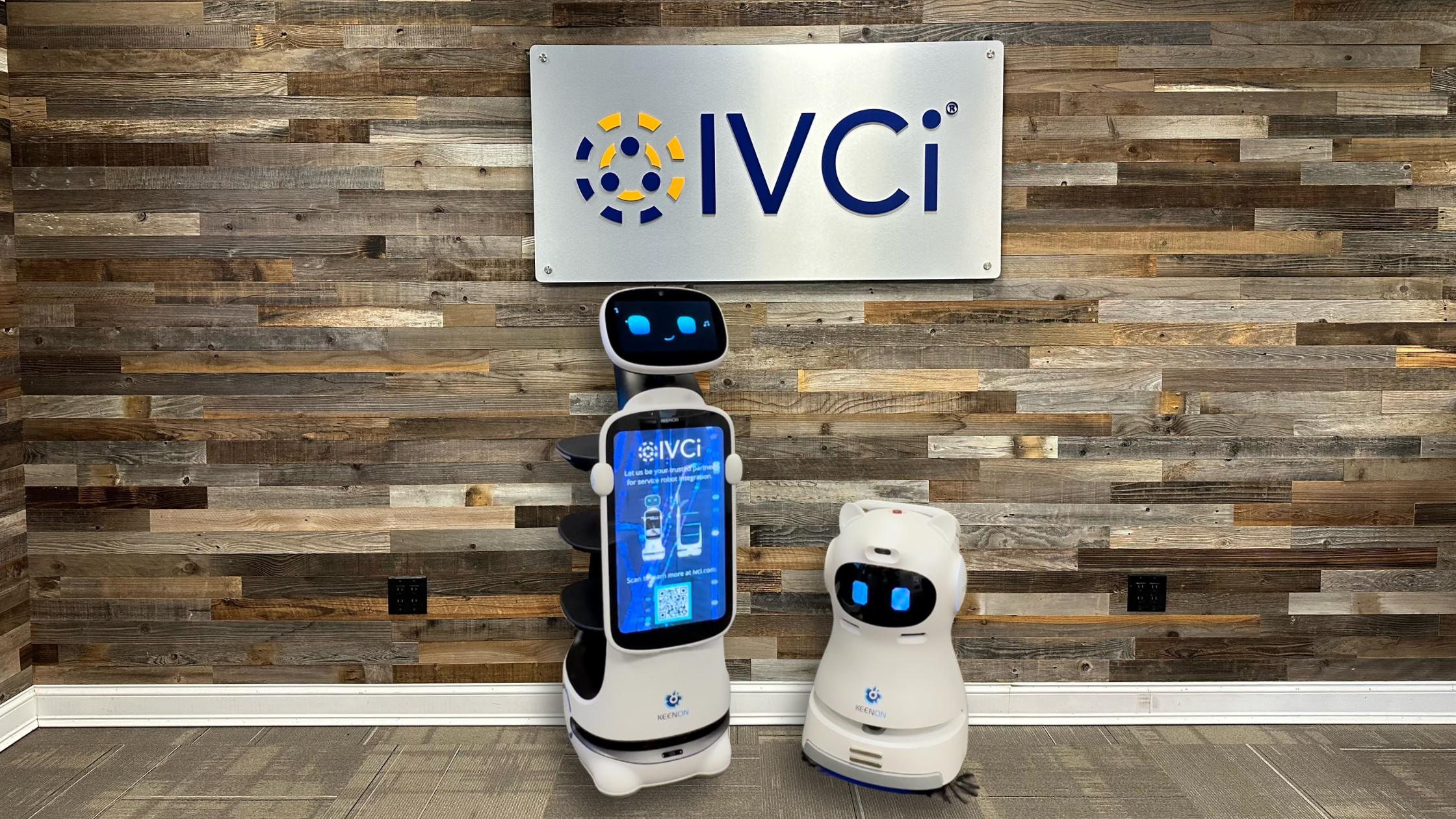As technology advances, cybersecurity is always a top priority. But in the past, it was a little easier to manage. When people work in an office with company-owned devices and host in-person meetings, it’s easy to create unified security policies and keep meetings “closed doors” (literally and figuratively)
But that’s not the world we live in anymore. With more and more organizations shifting to permanent remote work, it’s time to take a closer look at cybersecurity. There are additional challenges to consider and security gaps to prioritize.
Securing video conferences
Since 2020, there has been a huge rise in “Zoom bombing,” a term that refers to video conferences being hacked in order to steal sensitive material or to share inappropriate or harmful material.
Here are some tips and features to utilize to better secure your video conferences:
- Password protect meetings
- Authenticate users by requiring sign-in before joining a meeting
- Do not allow others to join the meeting before the host
- Lock participants once the meeting begins
- Turn off participant screen sharing
- Use randomly-generated Meeting IDs and passwords
- Keep software up to date
- Avoid file sharing within your meeting
The specific platform you’re using will likely have their own specific security guidelines — it’s definitely a good idea to stay up to date on them.
BYOD connectivity and security concerns
Bring Your Own Device (BYOD) initiatives are a popular option for remote organizations, since the company doesn’t have to incur the cost of providing new devices for all employees. It also gives people flexibility to work on the devices and operating systems that they are comfortable with.
But it also opens the door for cyber criminals to attack employees at their endpoints since there are no unified security policies across devices. Your employees will also be working from personal or public wi-fi networks, which are significantly easier to hack. This can be solved relatively easily with the implementation of software solutions designed for this very thing — but it’s something to be aware of.
Keeping your team on the same page
It’s easier to keep your whole team on the same page regarding security best practices when they are working on one network with company devices. But it’s important to not let this fall by the wayside just because your organization is working remotely.
Host regular training on how cybersecurity priorities and concerns have changed since moving to remote work and remind your employees the importance of password protecting their wi-fi networks, using secure servers, and keeping their devices and applications up to date with the latest security updates.
Take a security-first approach to remote work
With companies making the decision to remain remote permanently, it has to be done with a security-first approach. The best way to make sure you are staying compliant with security best practices is to make sure your solutions and technology systems are backed by industry experts.
The team at IVCi can assess your current AV conferencing technology setup and find room for improvement, or help you develop a plan entirely from scratch. Contact us today to find out more.





